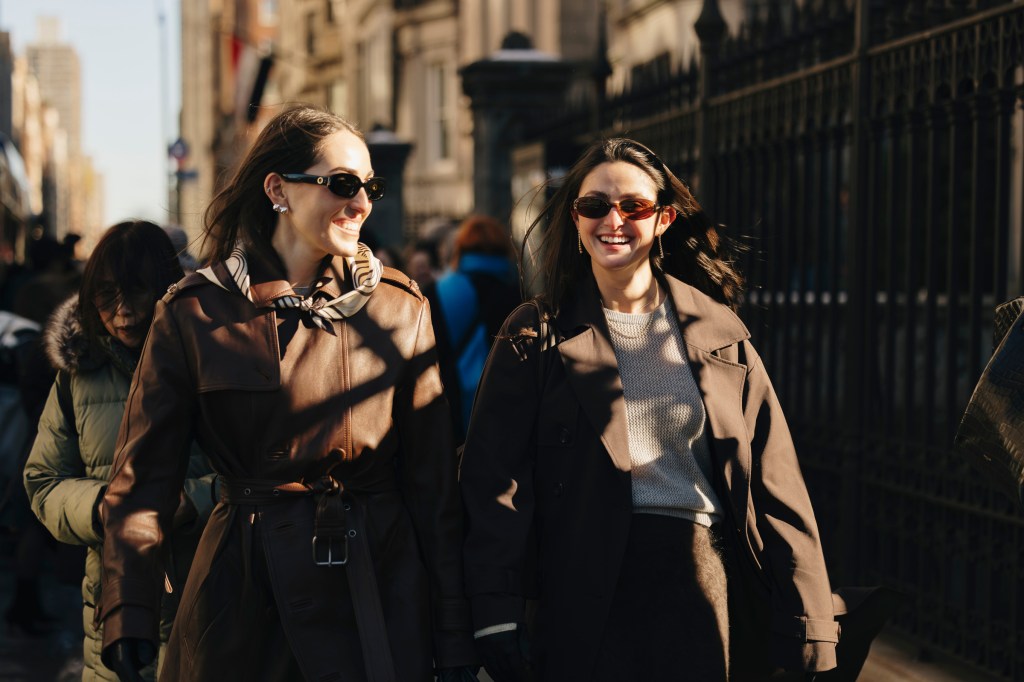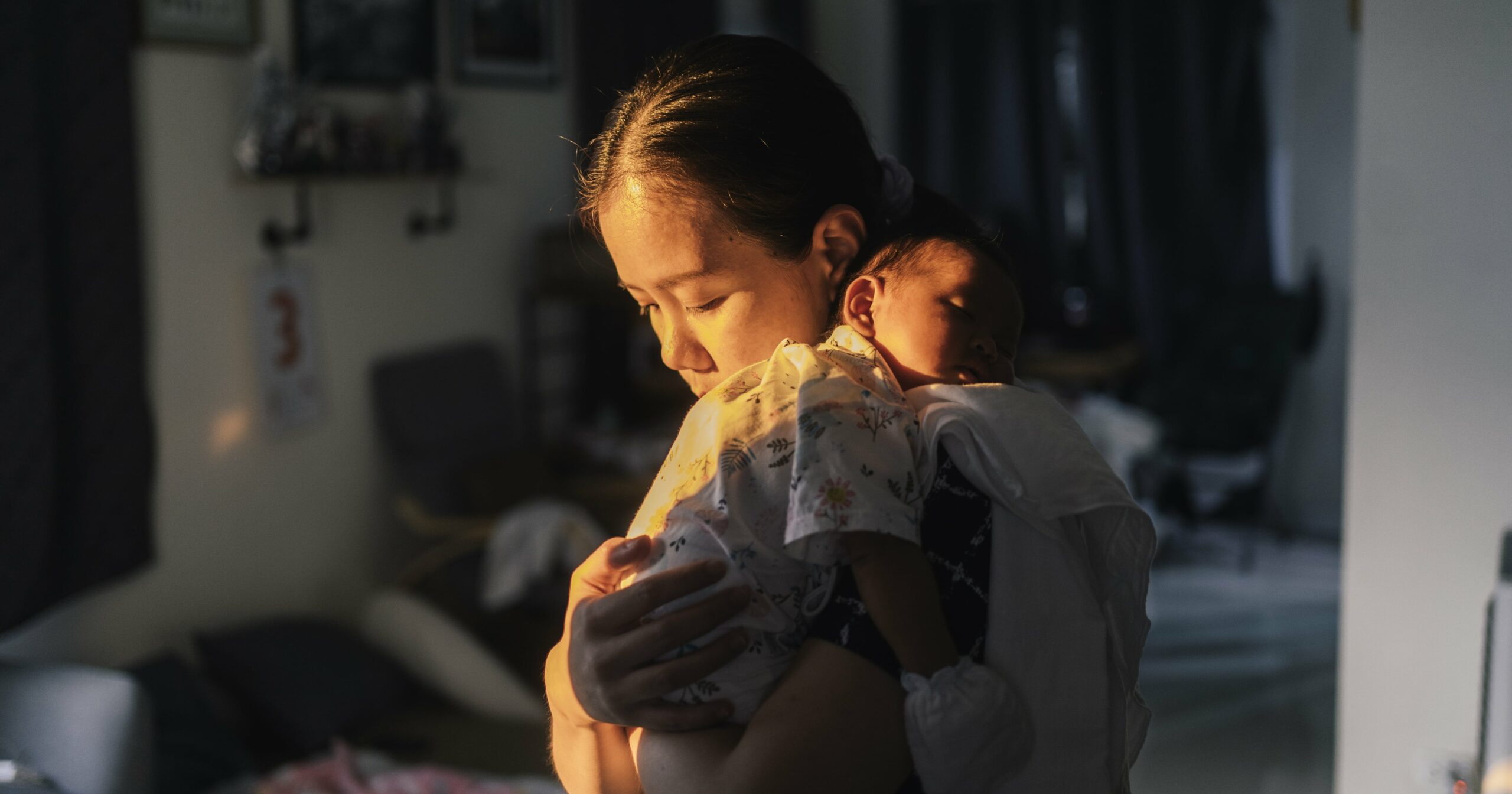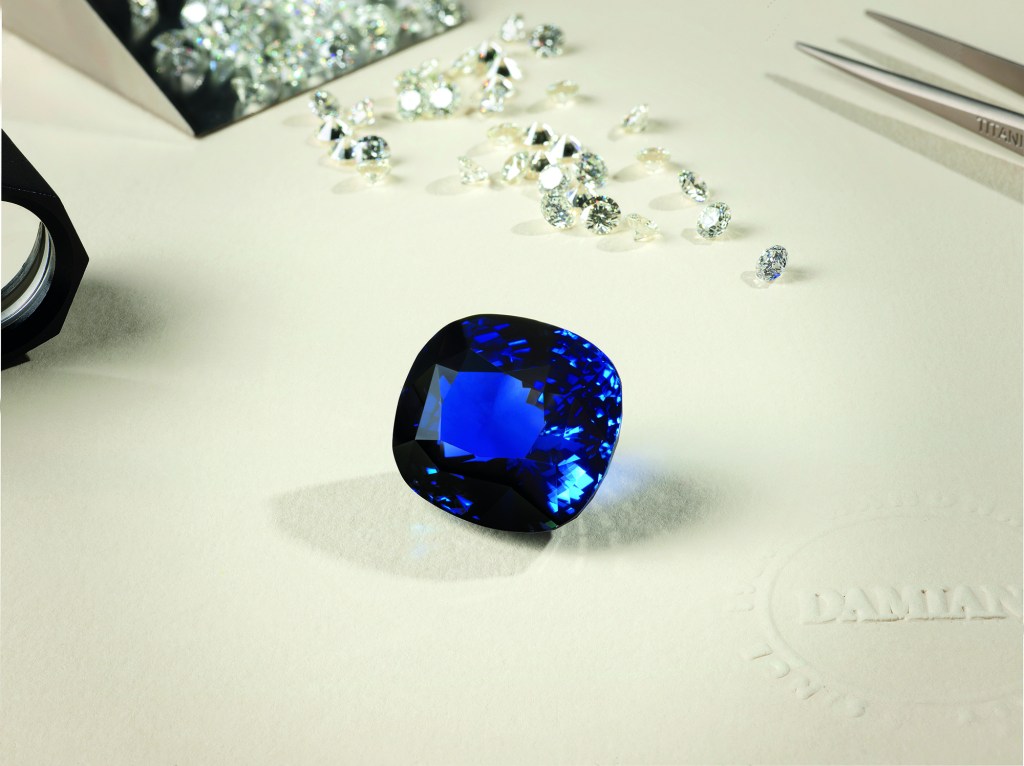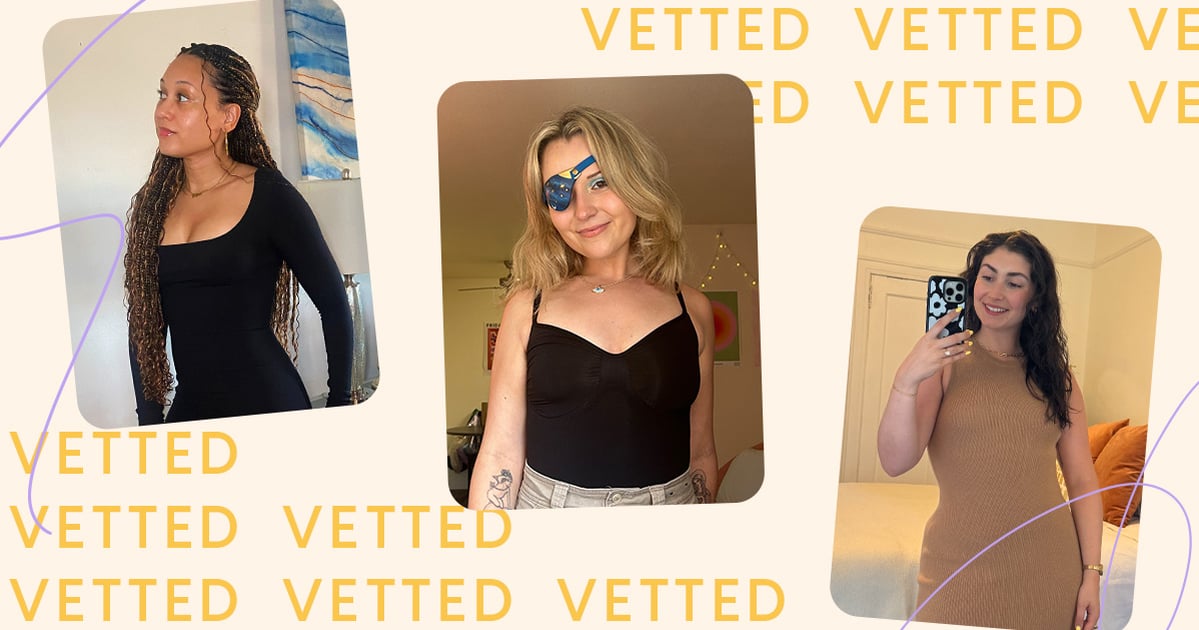MILAN — There is no size fits all when it comes to the aspirational luxury consumer.
A cluster of spenders who both helped fuel the luxury boom post-pandemic but then contributed to its stall as they cut back spending, resulting in lower sales growth for major brands, the aspirational luxury consumer is many different people.
A study presented by consultancy McKinsey & Company on Wednesday here as part of the sophomore edition of Zalando’s “Changemakers in Luxury Fashion” conference organized in partnership with Camera Nazionale della Moda Italiana, provided multiple ID cards.
In practical terms, Lena-Sophie Roeper, general manager, designer, at Zalando, noted how a fiftysomething, Switzerland-based, male customer buying heritage designer goods on the platform and a Germany-based woman in her 20s who’s a fan of up-and-coming designer names and British luxury brands are both equally valuable to the e-tailer’s strategy. They both spend 30,000 euros a year on Zalando.
She would define both as aspirational luxury consumers and said the cohort has been consistently growing year-over-year for the German e-commerce site.
The McKinsey study tried to unpack the complexity and differences within that cohort. It noted that different brands the consultancy polled offered, themselves, a broad set of perspectives and descriptions as to who the aspirational luxury consumer is.
Contrary to the common view, McKinsey said, aspirational luxury consumers are not all under 30 or living outside Europe or the U.S.
The baseline for the research were customers who have consistently purchased at least one luxury item a year, spending 10,000 euros on average each year on luxury goods among apparel, beauty, leather goods, jewelry, watches and accessories.
Gemma D’Auria, senior partner at McKinsey, highlighted that this multipronged cluster of consumers is key to the luxury industry in that it represents 18 percent of its market value, or 273 billion euros. The study analyzed seven key markets including the U.S. as well as China, Italy, France, Germany, the U.K. and Switzerland.
The cohort has different tastes, financial resources, purchasing habits, inclination to become a true luxury consumer and different ages and backgrounds. McKinsey clustered them within five groups.
- Status seekers make up 39 percent of the overall aspirational luxury consumer and contrary to the group’s name, only one third of them shop for loud logoed goods. But the majority is looking at luxury products as passkeys for recognition and a sense of belonging. The cluster is best represented by young adults in China, as well as, to some extent, in Europe and the U.S., D’Auria explained.
- Quality seekers 40 and older customers, homeowners with less inclination to overspend on fashion (their average yearly spend is 3,000 euros) and largely driven by sustainability, with 85 percent of them favoring sustainable brands over non eco-minded labels. They represent 26 percent of the entire aspirational luxury consumer population and are mainly based out of Europe and the U.S., the study said.
- Socialite spenders account for 24 percent of aspirational luxury consumers. With an average yearly spend higher than all other clusters, they are the least loyal segment, buying as many as eight different brands per year compared to the median four for the overall cohort. They are concentrated in Europe and the U.S. and a lot less in China. D’Auria noted that this cluster is often unconsciously picked up by fashion and luxury brands when asked to describe who the aspirational luxury consumer is.
- Timeless chic are loyal aspirational customers, often returning to the same loved brands for apparel as well as leather goods. They are the tiniest group, making up only 6 percent of the global community of aspirational luxury consumers and are evenly distributed between Europe and the U.S., with little to no relevance in China.
- Mindful minimalists are mature spenders who frequently buy online, focusing on the functional side of luxury goods, their number-one go-to product category being beauty, followed by apparel.

One overarching difference the study highlighted is the likelihood of these different clusters to transition to proper luxury consumer status. The wallet size of the different aspirational luxury segments is very different, the study said, highlighting how timeless chic, socialite spenders and status seekers are the most inclined to evolve into luxury consumers.
“One of the things that is a key to this piece of work is that you cannot have a one-size-fits-all strategy for aspirational luxury consumers. And it’s much more about a made-to-measure approach to them, based on not only where they shop or the channel they use, but also the categories they’re most interested in,” D’Auria said. “One of the things that came out from the research is that brand loyalty is actually not particularly strong for anybody — except for the timeless chic segment — and so there is a real push to say how do you personalize and use advanced analytics, AI, Gen AI to actually personalize customer journeys that can make them much more loyal, and more likely to buy from you now that they’re aspirational luxury consumers and want to become proper luxury consumers,” she added.
The study presentation was followed by talks with changemakers. They included designer Simon Porte Jacquemus for disruptive communication; Alfonso Dolce, chief executive officer of Dolce & Gabbana, for craftsmanship; Simone Marchetti, Vanity Fair European editorial director and Vanity Fair Italia editor in chief, in conversation with journalist Marilena Delli for value, as well as Renzo Rosso, founder and chairman of OTB Group, and David Fischer, founder and CEO of Highsnobiety, for innovation.



